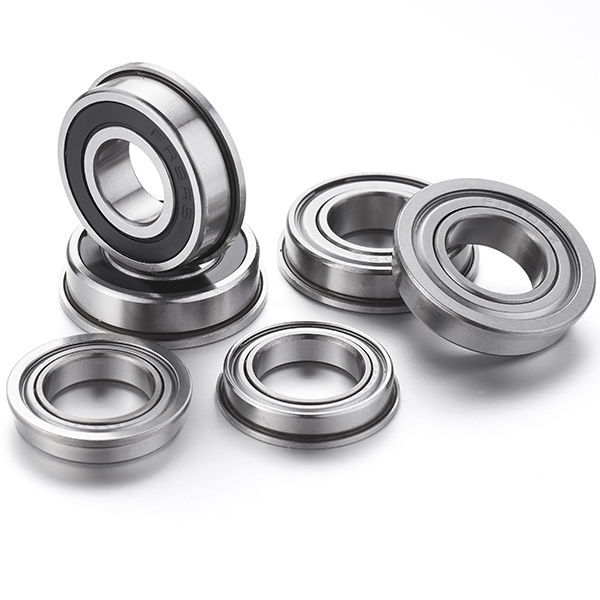Common Bearing Materials choice materials
Common Bearing Materials choice materials
Blog Article

The choice of materials for bearings can significantly impact their performance, longevity, and suitability for specific applications. Whether in automotive, aerospace, or industrial machinery, the right material can mean the difference between smooth operation and premature failure. Each material has its unique set of properties, making it crucial to understand the options available and their respective advantages and disadvantages.
Common Bearing Materials
Bearings are commonly made from various materials, including metals, plastics, and ceramics. Each category offers distinct benefits tailored to specific operational needs.
1. Steel
Steel is the most widely used material for bearings, primarily due to its excellent strength and durability. High-carbon steel bearings, for example, provide good resistance to wear and are capable of handling high loads. For applications requiring increased corrosion resistance, stainless steel bearings are often preferred. They are ideal for environments exposed to moisture or harsh chemicals, such as in food processing or marine applications.
2. Bronze
Bronze bearings are known for their ability to withstand high temperatures and resist wear. They also have excellent oil retention properties, which reduces friction during operation. As a result, bronze is often used in heavy machinery and applications where high loads are prevalent. However, bronze is generally heavier and more expensive compared to steel options.
3. Plastics
When weight and corrosion resistance are top priorities, plastic bearings come into play. They are lightweight, resistant to chemicals, and can operate in environments where metal bearings would corrode. While plastic bearings may not handle heavy loads as effectively as their metal counterparts, they are often used in applications like medical devices and electronic components where precision and reduced weight are crucial.
[IMAGE]
4. Ceramics
Ceramic bearings are another innovative option, offering exceptional hardness and wear resistance. They can operate at higher speeds and temperatures than metal bearings, making them suitable for high-performance applications, such as racing vehicles. However, the brittleness of ceramics can pose a challenge, requiring careful consideration of the application environment.
Factors Influencing Material Selection
Choosing the right bearing material is not solely about performance characteristics; several factors must also be considered:
- Load Capacity: The material must withstand the forces it will encounter in operation.
- Environmental Conditions: Exposure to chemicals, moisture, or extreme temperatures can dictate material choice.
- Friction and Wear: Materials should minimize wear and friction to enhance longevity.
- Cost: While high-performance materials may offer better attributes, they often come at a higher price.
To better understand the implications of these factors, it’s helpful to explore Bearings: Material options in various applications.
Future Trends in Bearing Materials
With advancements in technology, the future of bearing materials is continually evolving. Composite materials, which combine the benefits of metals and plastics, are gaining traction. These materials can offer a balance of strength, weight, and corrosion resistance, making them ideal for various applications. Additionally, ongoing research into nanomaterials may lead to the development of bearings with enhanced properties, such as self-lubrication and even greater load capacities.
Conclusion
Understanding the different materials available for bearings is essential for making informed decisions in design and application. Each material presents unique benefits and challenges, necessitating a careful evaluation based on specific operational requirements. By staying informed about existing and emerging material options, engineers and designers can ensure optimal performance and longevity for their bearing applications.
Report this page